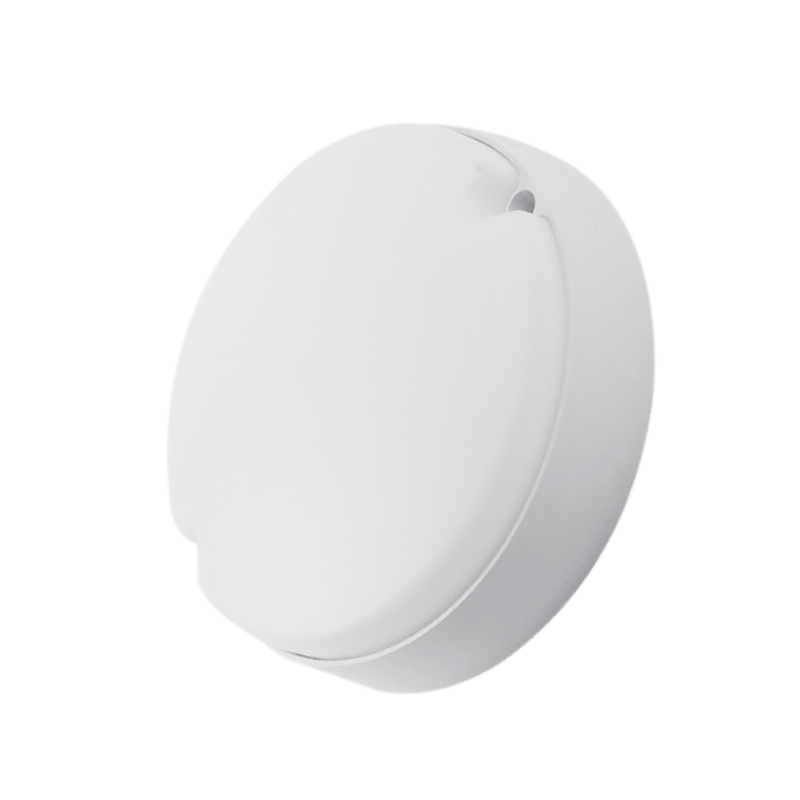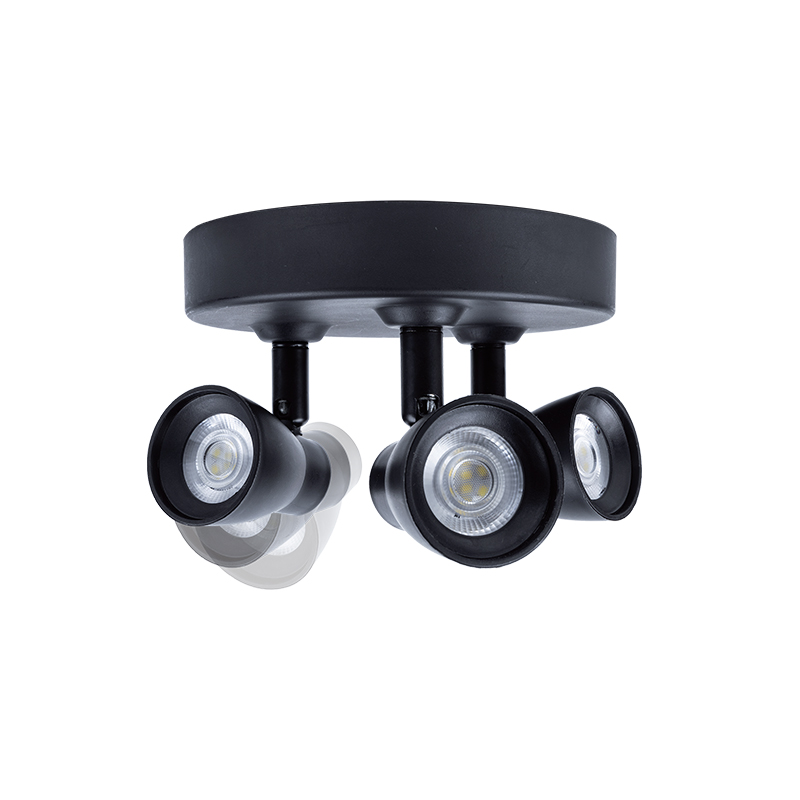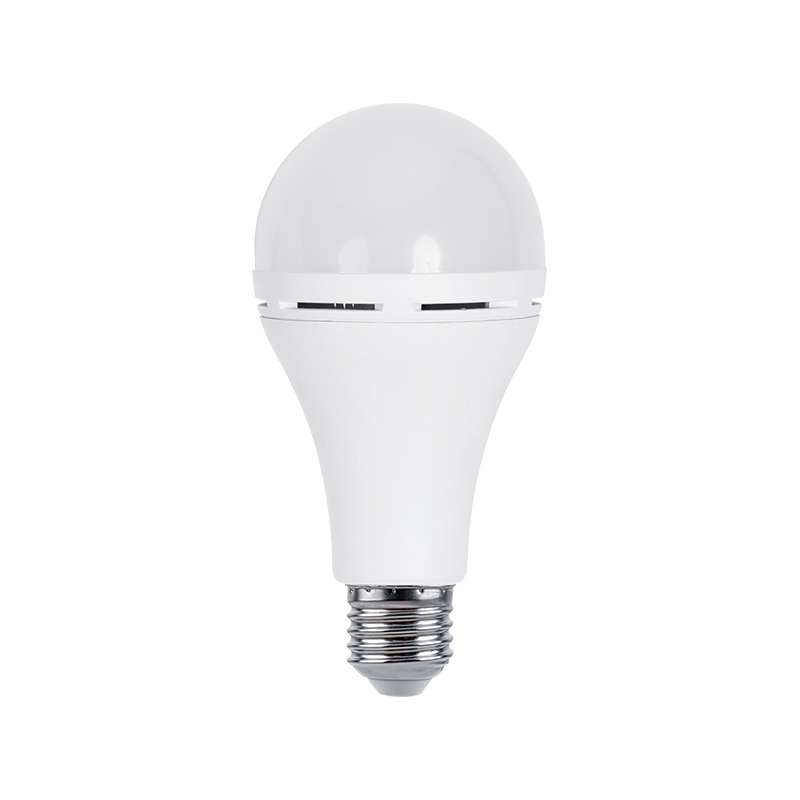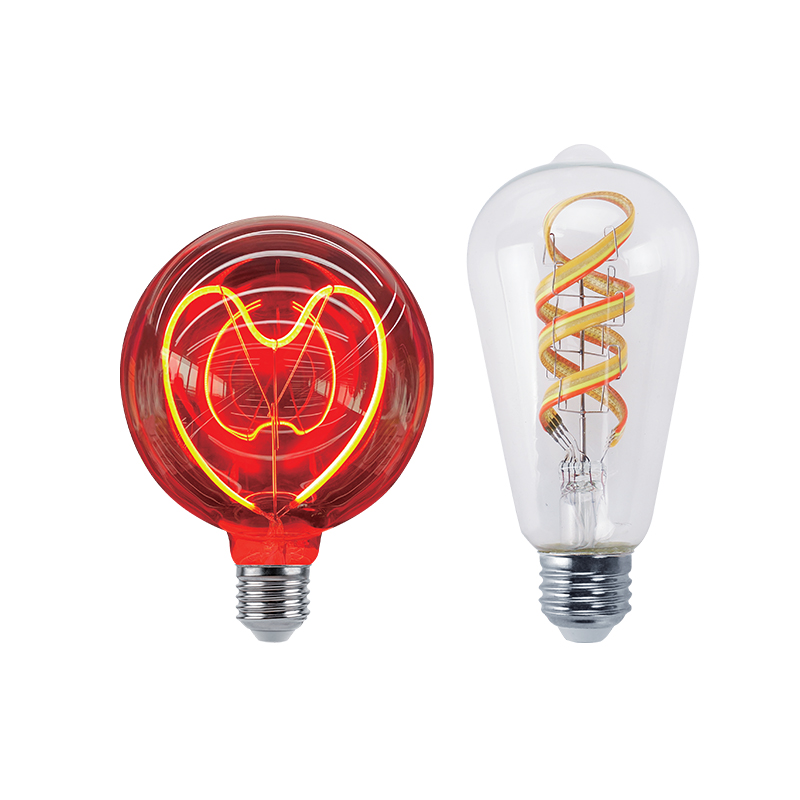We sincerely look forward to establishing a long-term development partnership with you with good quality and professional services.
In traditional lighting systems, lamps are often decomposed into multiple independent components - light source, driving power supply, heat dissipation structure, shell and other components each have their own functions, and are combined into a complete lighting unit through physical connection. However, while this modular design improves flexibility, it also inevitably brings problems such as light efficiency loss, structural redundancy and complex maintenance. The emergence of T8 integrated LED lamps has fundamentally changed this situation. It no longer regards lamps as a combination of multiple components, but through highly integrated design thinking, it completely internalizes the core functions such as light source, driving, and heat dissipation, so that the boundary between the lamp body and the light source is completely eliminated, and finally presents an inseparable organic whole.
This integration is not a simple physical package, but a systematic reconstruction based on the characteristics of LED technology. There is an inevitable separation between the light source and the lamp of the traditional fluorescent tube - the lamp tube needs to use an external ballast to excite the phosphor to emit light, while the LED is naturally endowed with the advantage of solid-state light emission, without relying on gas discharge or external excitation devices. T8 integrated LED lamps make full use of this feature, embedding core components such as LED chips, optical lenses, and drive circuits directly into the lamp body structure, and no longer retain the traditional concept of "replaceable light source". The lamp body itself is the light source, and the failure of the light source means the end of the entire lighting unit. Although this design seems to sacrifice maintainability, it actually greatly improves the overall life by optimizing materials and manufacturing processes, making "integration" no longer a compromise, but a better technical path.
At the structural level, the integration of T8 integrated LED lamps is reflected in three key dimensions: the coordinated unification of light, electricity, and heat. In terms of optical design, traditional lamps often require additional reflectors or diffusers to optimize light distribution, while the integrated design directly integrates the optical control function into the lamp body structure, and achieves uniform and efficient light output through precisely calculated lens arrangements or microstructured light guide layers. In terms of electrical systems, traditional lighting relies on external drivers, while T8 integrated LED lamps highly integrate the drive circuit, and even directly share the substrate design with the LED module to reduce energy transmission loss and reduce the risk of electromagnetic interference. In terms of heat dissipation management, the heat dissipation structure of traditional lamps is usually independent of the light source, while the integrated design makes the lamp body itself a heat dissipation medium. Through the rational use of aluminum shells or high thermal conductivity plastics, it ensures that heat can be quickly exported and evenly dissipated, avoiding performance degradation caused by local high temperature.
The direct advantage of this deep integration is the extreme lighting efficiency. Due to the physical spacing between components of traditional lamps, light inevitably undergoes multiple reflections, refractions or absorptions during the output process, resulting in energy waste. The T8 integrated LED lamp eliminates redundant interfaces, allowing light to be transmitted from the chip to the target environment almost in the most direct path, significantly improving the utilization rate of light efficiency. At the same time, the integrated closed structure also greatly reduces the impact of environmental factors such as dust and moisture on the optical system, ensuring that the light decay is controllable under long-term use.
From a manufacturing perspective, integrated design also means streamlining and standardization of the production process. The assembly of traditional lamps involves the procurement, quality inspection and assembly of multiple parts, while the T8 integrated LED fixture are pre-packaged in a modular manner, which greatly reduces the production links and reduces the risk of human error. This change in manufacturing logic not only improves product consistency, but also lays the foundation for large-scale standardized applications.
However, true integration is not just physical integration, but also a thorough simplification of user experience. The installation and maintenance of traditional lamps require users to have certain technical knowledge - how to match ballasts, how to replace starters, how to adjust the reflection angle, etc., while T8 integrated LED lamps completely hide these complexities. Users only need to complete the most basic power supply connection to obtain stable and efficient lighting effects without worrying about the internal operating mechanism. This "plug and play" feature makes lighting truly a thought-free infrastructure rather than a technical device that requires continuous maintenance.
The fusion of the lamp body and light source of the T8 integrated LED lamp represents the evolution of a technological philosophy - when an industry develops to a mature stage, its ultimate form is often the hiding of complexity rather than the stacking of functions. It uses the most streamlined structure to achieve the most efficient light output and the most thorough integration to eliminate the smallest energy loss. This design concept not only redefines the form of LED lighting products, but also provides a clear paradigm for the development of future lighting technology: real innovation does not lie in how many functions are added, but in how to make the technology itself invisible yet ubiquitous.

 English
English Español
Español Deutsch
Deutsch






